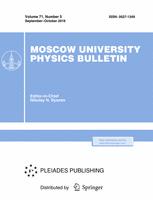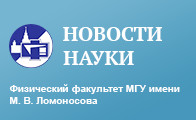It is proposed to construct the kinematics of complex systems (systems of the third type) based on simulation of the motion of the state vector of the system $x(t)$ in the phase space of states. A new concept of stationary modes of these systems, which is different from the analog in mechanics (when $dx/dt \neq 0$) and statistical interpretation (when the distribution function $f(x)$ does not change significantly), is introduced. For systems of the third type, $dx/dt \neq 0$ is always met and $f(x)$ for all consecutive samples (e.g., cardiointervals) varies continuously. A unit for calculation of the motion of centers of quasi-attractors ($QA$, regions of phase space, where $x(t)$ changes continuously) is presented. The concepts of velocity and acceleration of evolution are introduced. The concepts of uncertainty of the first and second kinds are given. Examples of rectilinear and curvilinear motion of $x(t)$ in the phase space (from gerontology for groups of women of different ages) are given.
Department of Biophysics and Neurocybernetics, Institute for Natural and Technical Sciences, Surgut State University, Surgut, 628400, Russia



